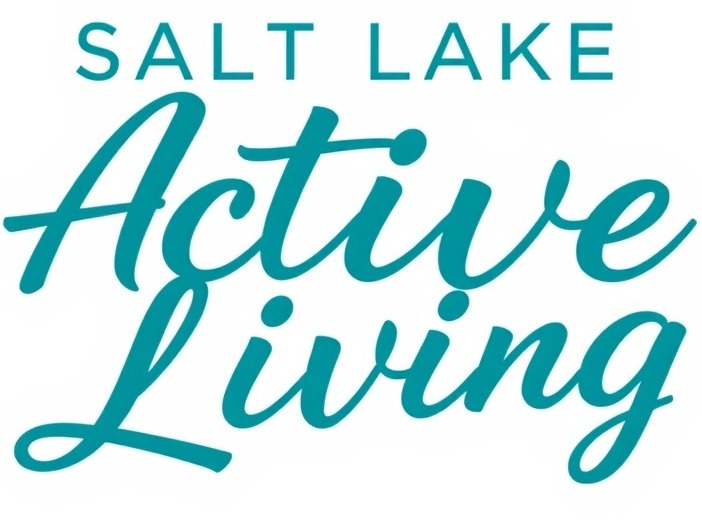
Understanding Yellow Lights: What They Really Mean
When approaching an intersection, and the traffic light turns yellow, a wave of uncertainty sweeps over many drivers. The decision to accelerate, slow down, or even come to a complete stop often juggles the instinct of self-preservation against the fear of potential legal repercussions. Understanding the implications of a yellow light is crucial for all drivers—especially homeowners who rely on vehicles for their daily tasks such as home repairs and yard work.
The Purpose of Yellow Lights in Traffic Systems
Yellow lights serve primarily as a warning. They announce that the green light is ending and prepare drivers for the likelihood of a red light. However, various laws across states clarify that it's not inherently illegal to enter an intersection during a yellow light, as long as it is safe to do so. In places like California, guidelines indicate that if a driver is approaching the intersection and cannot stop safely, proceeding with caution is acceptable. Each state's traffic laws may differ, but commonly, crossing into an intersection during a yellow light is legal unless the light has already turned red when a vehicle enters the intersection.
The Legal Nuances Surrounding Yellow Lights
Entering an intersection when the light turns yellow isn’t a straightforward violation. When analyzed, the law tends to favor the driver’s discretion based on individual circumstances. For example, if a vehicle passes the stop line while the light is yellow, then the driver is generally in the clear. It's essential to note that police officers can interpret actions in a few different ways, particularly if the light turns red while a vehicle is still moving through. This introduces the potential for penalties if a driver misjudges their timing.
Statistics: Just How Common Is It to Run a Yellow Light?
According to the National Highway Traffic Safety Administration, a surprising percentage of drivers engage in risky behaviors at traffic lights. In a 2015 survey, 40% of respondents admitted to entering intersections as the light flipped to red. These choices often hinge on misjudgments about timing, highlighting the need for education on the proper response to yellow signals. This is particularly pertinent for homeowners needing to navigate busy streets while hauling items for yard work or home improvement projects—a slip in judgment could have repercussions, not just financially but also in terms of safety.
Impact of Yellow Light Timing on Traffic Safety
The duration of yellow lights can differ dramatically across regions, significantly impacting driver behavior. Studies have shown that simply increasing the length of yellow lights by a few seconds can lead to a decrease in red light running incidents. For example, areas like Philadelphia reported a 36% reduction in violations by extending yellow lights, reflecting that more generous timing can lead to safer outcomes for drivers.
Practical Recommendations for Drivers
As a general rule, if drivers find themselves nearing an intersection and the light turns yellow, they should be mindful of their surroundings. Consider the following practical tips:
- Always assess the distance to the intersection; if stopping would put you and others at risk, proceed with caution. - Be aware of nearby vehicles. If someone is close behind you, it may be safer to continue through than to jam on the brakes. - When in doubt, err on the side of caution—if it's possible to stop safely without causing a rear-end collision, do so.
Navigating Yellow Lights Safely
Yellow lights are essential to traffic safety and provide prudent warnings to drivers. For homeowners who are frequently on the roads, it is vital to develop a solid understanding of the rules surrounding yellow lights. While it is often legal to proceed during a yellow light under certain conditions, being overly confident in such decisions can lead to dangerous situations. Always prioritize safety over legal ambiguity, and consider taking a defensive driving course to brush up on the latest traffic laws and regulations.
Call to Action: Equip yourself and your loved ones with knowledge about traffic laws—consider a defensive driving course to enhance safety on the road and help navigate challenges more effectively.
 Add Row
Add Row  Add
Add 




Write A Comment